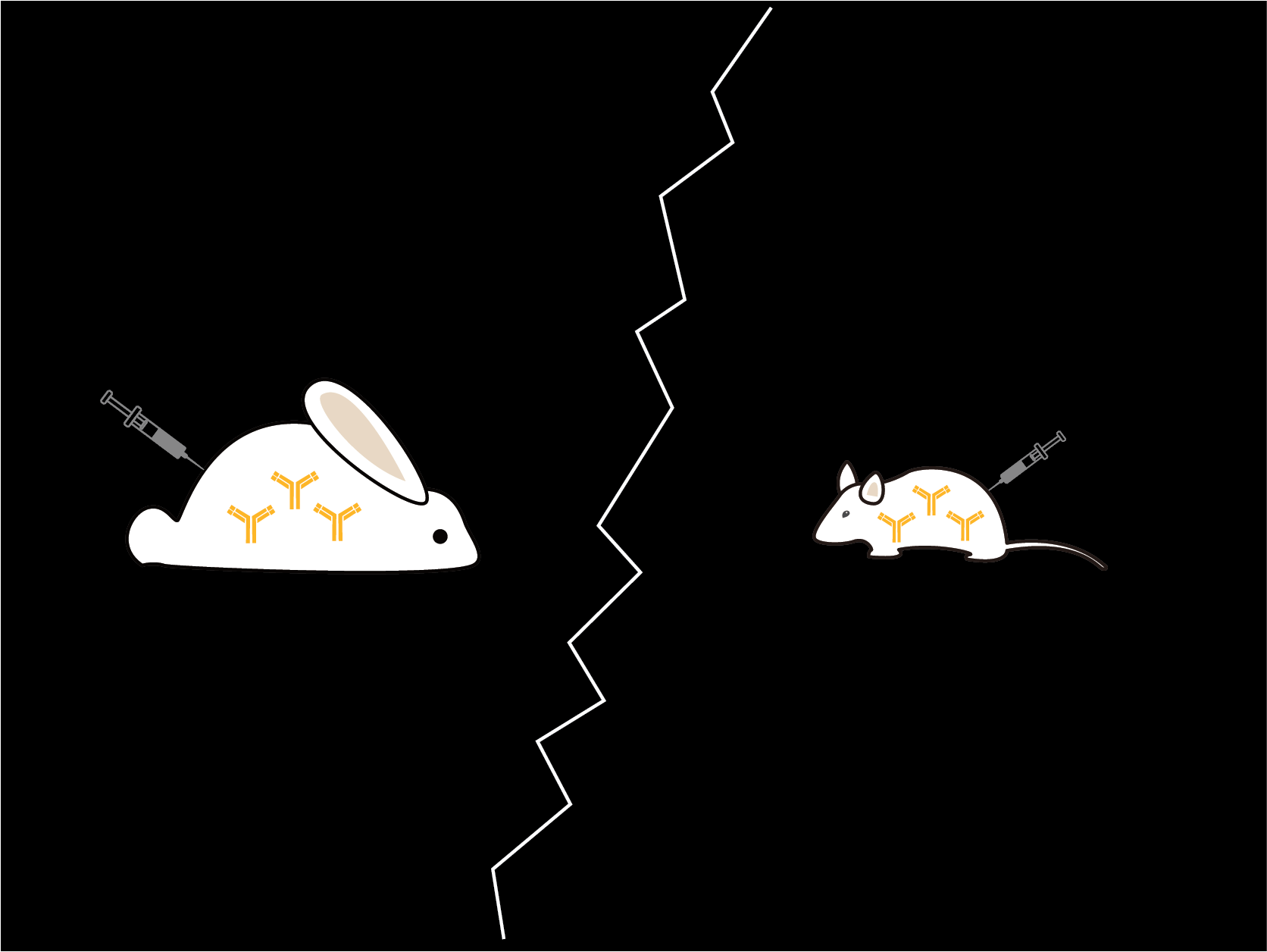In the last What’s Hot in Life blog post, we discussed how next generation sequencing (NGS) is used as a basis for understanding disease. This week I wanted to talk about DNA sequencing again, but in a completely different context. On November 1st, scientists launched an ambitious project to sequence all 1.5 million complex species on Earth. Their purpose? To save biodiversity.
The scientific community operates on a self-correcting model that relies on repetition and replication. However, according to a 2016 survey by Nature, more than 70% reported to have failed to replicate experiments from another scientist, more than 50% reported failure in replicating his/her own experiment. Out of the 1,576 scientists surveyed, 906 were from biology or medicine disciplines.
Therapies targeting the function of a small intestinal protein, SGLT1, might have the potential to treat diseases like obesity, diabetes, heart failure, and associated death—and we have next generation sequencing to thank.
Ebola outbreaks are considered rare, but they do emerge every several years and can be quite lethal. Although the first confirmed Ebola epidemic was in 1976, we still lack licensed therapeutics to prevent and control Ebola’s spread. Vaccine development is in the works, but the lack of an approved treatment is a chilling reminder that we may not know enough about the virus. With the recent outbreaks in mind, we sought to summarize everything you should know about Ebola, its biology, and the current progress of vaccine development.
What are the Differences Between Rabbit and Mouse Antibodies?
Antibodies are the most commonly used tools in biological research. They are used in various applications such as Western Blot (WB), Immunoprecipitation (IP), Immunofluorescence (IF), Immunohistochemistry (IHC) and enzyme-linked immunosorbent assays (ELISA). Two of the most common hosts for producing research antibodies are rabbits and mice, but what are the differences between rabbit and mouse antibodies? Which antibody would be best suited for your research?
Although exosomes were discovered over five decades ago, interest among the scientific community didn’t pique until much later. Specifically, in the last ten years, the number of annual publications about exosomes have almost increased by tenfold (from 1,570 published papers in 2007 to 14,000 in 2017). But what exactly are exosomes and what justifies the frenzy?









